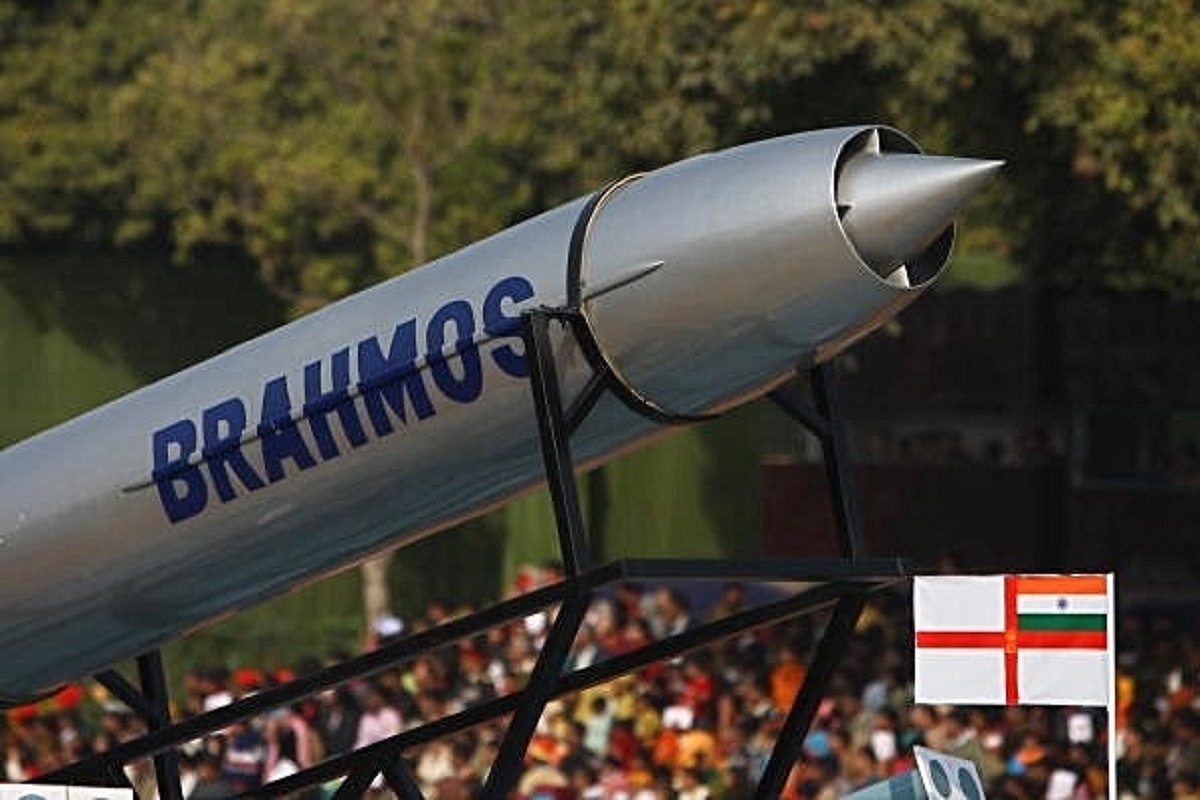News Brief
What Caused Accidental Firing Of BrahMos Missile That Landed In Pakistan? IAF Reveals

India's BrahMos Supersonic Cruise Missile (Pic Via Twitter)
In a significant development, the Indian Air Force (IAF) has disclosed the reasons behind the accidental firing of a BrahMos missile which landed in Pakistan in March 2022.
In a reply submitted to the Delhi High Court, the IAF said that the missile's combat connectors "remained connected to the junction box" which led to the accidental firing of the missile.
The IAF shared findings from the March 2022 Court of Inquiry, which investigated the mishap.
The IAF said that the convoy commander of a road convoy, which was to move to location as part of inspection "failed to ensure safe transit of convoy by not ensuring disconnection of combat connectors of all missiles loaded" on the mobile autonomous launcher prior to the movement.
Describing the incident as one which had the "effect of affecting the relations" of India with Pakistan, the IAF told the HC that a "conscious and considered decision" was taken to invoke the "President's pleasure" clause to terminate the services of three officials.
The affair strained India-Pakistan relations, prompting the IAF to make a decisive move by discharging three officers under the "President's pleasure" clause, a decision not made lightly and one that hasn't been taken in over two decades.
In a reply, Wing Commander UN Pathak, Deputy Judge Advocate General, informed the court that "such a decision has been taken in the IAF after 23 years as facts and circumstances of the case warranted such action".
"The fact that the international community was interested to know the important practical details" regarding the firing of BrahMos missile, the authorities decided that trial of the three officers "by a court martial was inexpedient", the IAF said in the reply, Economic Times reported.
"Likewise, it was also decided that initiation of action under Section 19 of the Air Force Act, 1950, read with Rule 16 of the Air Force Rules, 1969, by issuing a showcause notice for dismissal/removal from the service would bring the sensitive and secret issues in full public domain which would be prejudicial to the security interests of the state," the reply added.
The Court of Inquiry held that the combat crew "knowing that the combat connectors of combat missiles are connected to junction box, failed to intervene to prevent the Mobile Autonomous Launcher commander from committing an unsafe act of launching Combat Missile...resulting in a launch of missile into the neighbouring nation, thereby causing potential threat to any airborne/ground object/personnel and also causing damage to the reputation of Indian Air Force and the nation at large and a loss of ₹24,90,85,000.00 to the government exchequer".
According to the reply, these were violations of "Combat op SOP" of March 2021.
The reply was filed in response to Wing Commander Abhinav Sharma's petition in Delhi HC, which accuses an Air Commodore and a Squadron Leader of "ignoring and overriding the safety precaution popups" and disregarding the "bright and conspicuous red colour warning regarding the danger of firing a live weapon."
The IAF refuted Wing Commander Abhinav Sharma's allegations, stating that Air Commodore J T Kurien "was not responsible for the operations undertaken by the unit" and dismissed the accusations as "conjectures, surmises, bald, brless and without any substantiating evidence."
The IAF labeled Sharma's assertion "completely false," noting he was present and witnessed the operations inside the Mobile Autonomous Launcher.
The Court of Inquiry had blamed Group Captain Saurabh Gupta, Squadron Leader Pranjal Singh, and Sharma, who were part of the 'Combat Team', for the mishap, citing "various acts of omission and commission leading to the firing of the missile."
Support Swarajya's 50 Ground Reports Project & Sponsor A Story
Every general election Swarajya does a 50 ground reports project.
Aimed only at serious readers and those who appreciate the nuances of political undercurrents, the project provides a sense of India's electoral landscape. As you know, these reports are produced after considerable investment of travel, time and effort on the ground.
This time too we've kicked off the project in style and have covered over 30 constituencies already. If you're someone who appreciates such work and have enjoyed our coverage please consider sponsoring a ground report for just Rs 2999 to Rs 19,999 - it goes a long way in helping us produce more quality reportage.
You can also back this project by becoming a subscriber for as little as Rs 999 - so do click on this links and choose a plan that suits you and back us.
Click below to contribute.
Latest